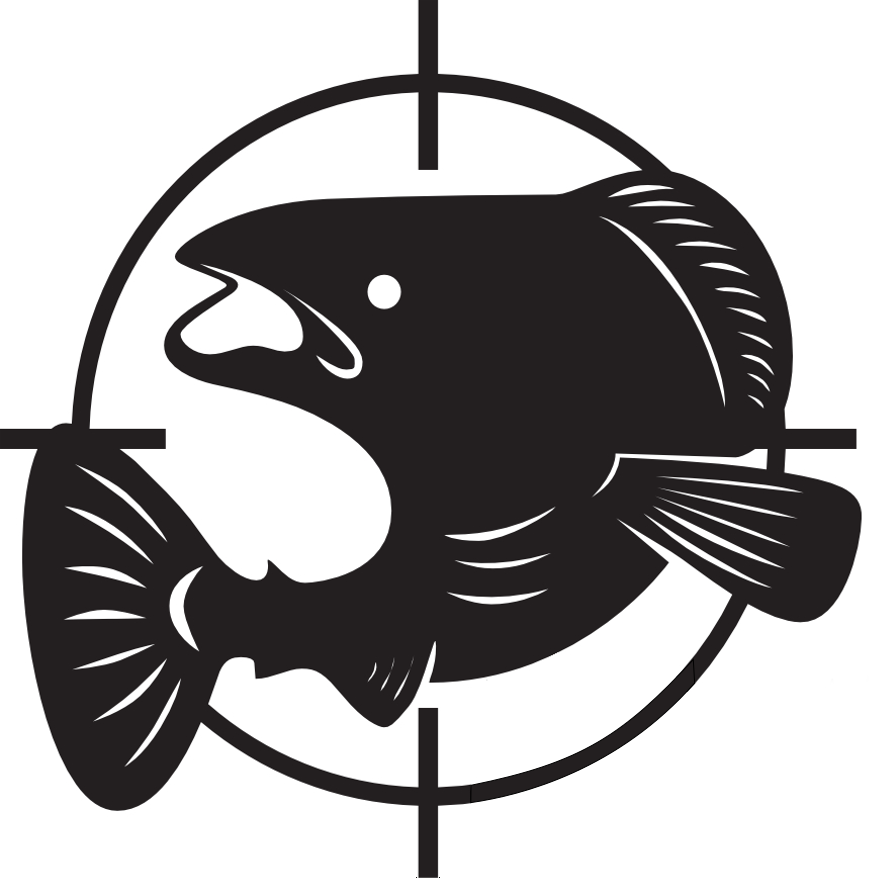This is how I understand it:
Dropping pressure usually means a front is moving through the area. It triggers the fish to feed before the weather makes it difficult to do so. It is often one of the best times to go fishing, but the weather may say otherwise. They are more aggressive and definitely less picky in my experience.
Rising pressure usually means post frontal conditions/transition from poor to good. Typically, it takes a few days to draw the fish out of their perceived lock jaw. During this transition period, the fish generally are strapped to structure or suspended...similar to their wintertime patterns. You really need to force them to eat or "stitch" your offering for the bite. However, I've gotten into some exciting lowlight bites...probably due to some opportunistic fish looking for an easy meal struggling to cope with the change in conditions.
Mind you, most of my experience is from chasing salt water stripers so I'm not sure how effectively they can be applied to other fish.
A large pressure change is typically something to watch out for. It can either put the bite wide open or shut it down due to weather conditions. If you time it correctly with moon phases, you can really figure out the fish. Full moon, fish don't bite as well during and a few days after..but the night bite can rock. New moon, expect a lot of activity in the grey light times. If you are fishing at night, this is when the big ones come out to play.
The less pressure change, the less change the fish will go through so they are less inclined to change their habits. Think of it like seasons: large drop means get ready for winter: fatten up. Large increase means fast thaw/spring....takes a little for everything to come back out. Summer/fall are smaller changes. What is a large change? It's very area dependent so always keep eyes on the weather stations. The bigger the L or the H the larger the difference it is.
Hope I didn't loose anyone. Best rule of thumb is what Jerdon stated: go when you can. Fish can't possibly outsmart us....hah

 Home
Home

























